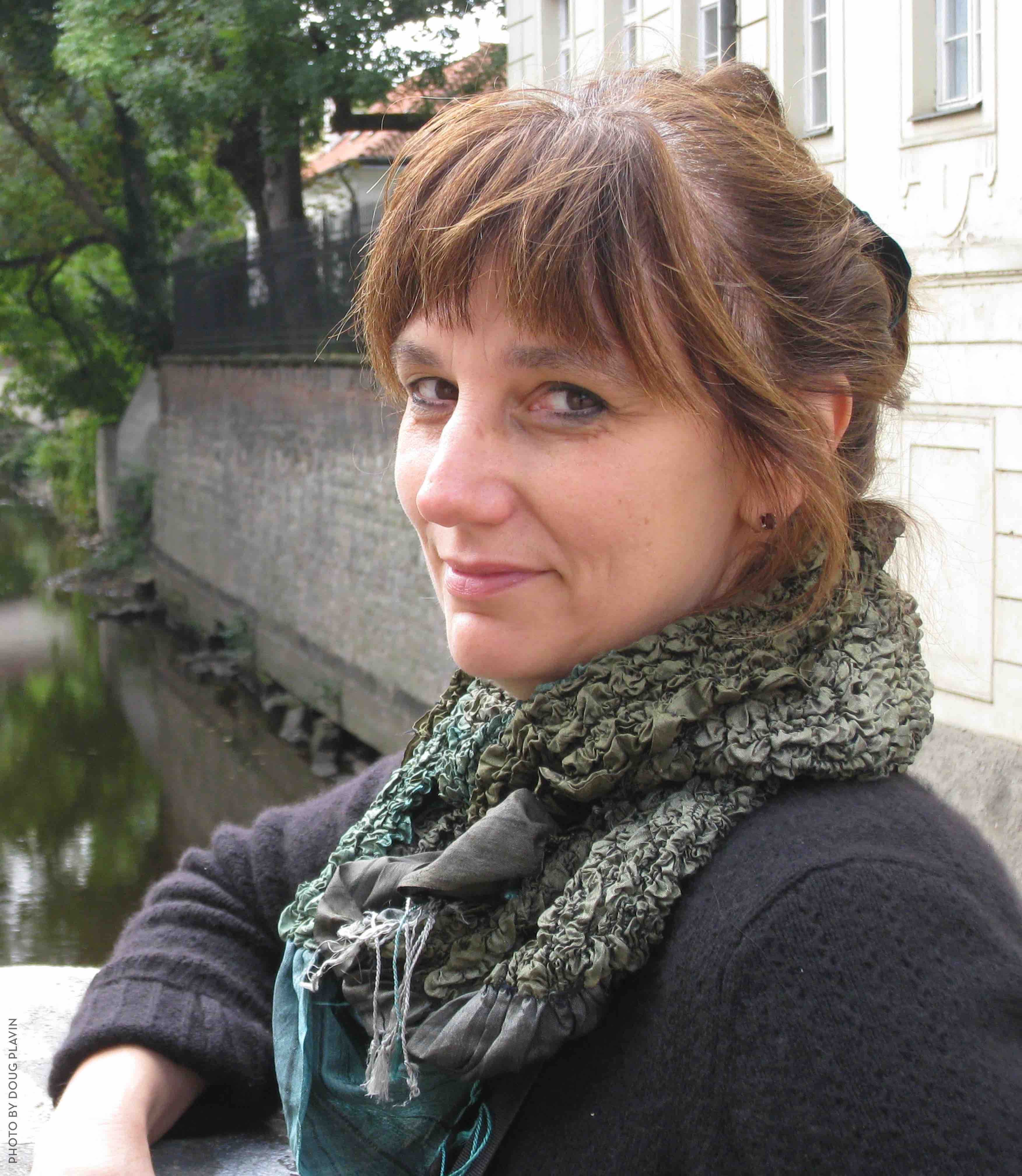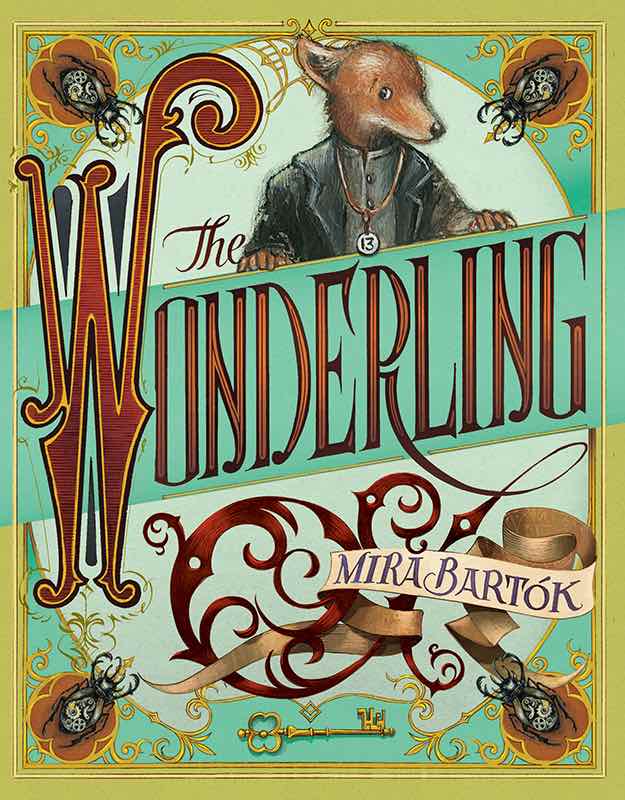 Mira Bartók is the New York Times bestselling author of The Memory Palace. The following is her interview with Cracking the Cover for her children’s novel, Wonderling.
Mira Bartók is the New York Times bestselling author of The Memory Palace. The following is her interview with Cracking the Cover for her children’s novel, Wonderling.
Why do you write?
I suppose it’s because I get obsessed with an idea or image or storyline and I can’t rest until I hunt it down. I’m rather like a pit bull with a piece of meat in that way. But the truth is, I serve the idea, and sometimes the idea is best served in another way, sometimes without any words at all.
Why specifically for young people?
Actually, I write for all ages. My last book was a memoir for adults called The Memory Palace. But I’m particularly attracted to writing for middle grade. It’s a great time to read about quests and setting out into the world for the first time. And you don’t have to write about all that romantic stuff that comes with YA territory. At least in some books. And truth be told, I’m about ten years old at heart.
Where did Wonderling come from?
From a sketch of a one-eared creature I did about two and a half years ago.
Arthur aka Number Thirteen is invisible to almost everyone and wants to be that way, but that changes. How did his character develop?
Once he makes the bold choice to be brave and help a small creature in distress (who becomes his best friend), there’s no turning back. His character develops when he begins to see how he can affect change. And when he begins to understand that he is not alone in his suffering. He becomes more empathetic as he opens himself up to the world around him. And the more empathy he has, the braver he becomes.
Where did the steampunk and fantasy elements in Wonderling come from?
I find so many parallels to what’s going on today (insane speed of production, corporate greed, mistreatment of workers and children, yet brilliant scientific inventions and artistic achievements, etc. ) with the Industrial Revolution, so adding a light touch of steampunk motifs seemed to be a natural thing to do. As for fantasy, I wanted to create a kind of borderlands between Dickensian realism and fairytale magic. I love the tension between the two.
 Do you have a favorite part of the book? Why?
Do you have a favorite part of the book? Why?
I think my favorite part is when Arthur (Number Thirteen) discovers the Songcatcher, the machine that can capture and play back all the most beautiful songs and sounds in the world. I like it because it is the place where I could let my poetic side loose, since it’s rather like an incantation of sounds and images. It’s my most authentic voice I would say, since my heart is always more in poetry than prose.
You’ve written a number of books on ancient and indigenous cultures for children. How does writing that differ from fiction?
Although my earlier books for children were more about the history and culture of various peoples around the world, writing them helped inform my fiction. Mostly because they also contained myths and folktales, and those stories were tales I originally told when I led children through the Field Museum of Natural History in Chicago. I told the story of each culture through its objects and its stories. Not sure that answers your question!
What are you working on now?
A long list of interviews like this one! But when I have a wee moment here or there, I am jotting down notes for The Wonderling Book 2.
Is there a book from your own youth that still resonates with you today?
I would say I’m torn between The Secret Garden and a giant book of illustrated Russian fairytales. And thanks for the interview. It was a pleasure!
